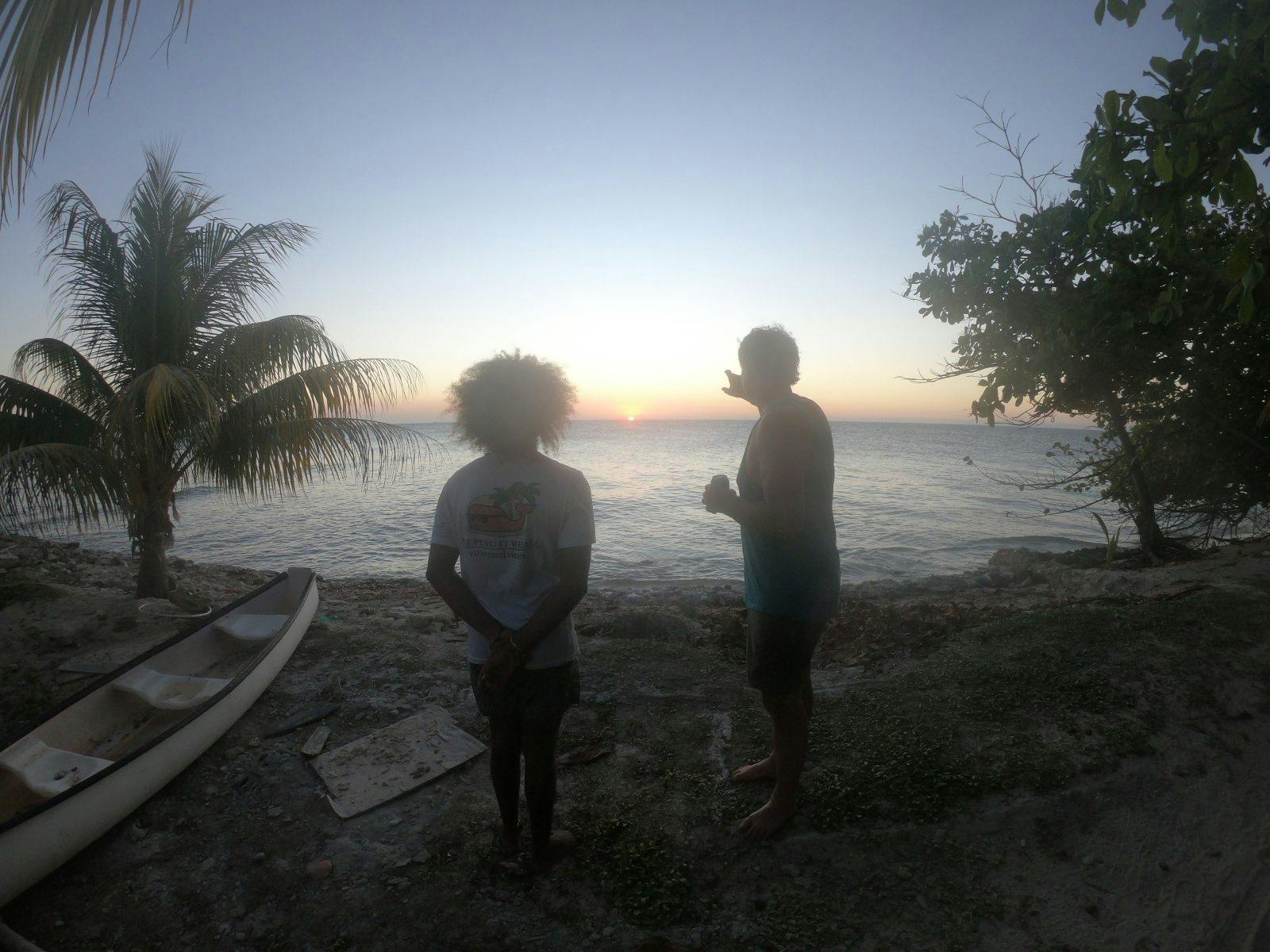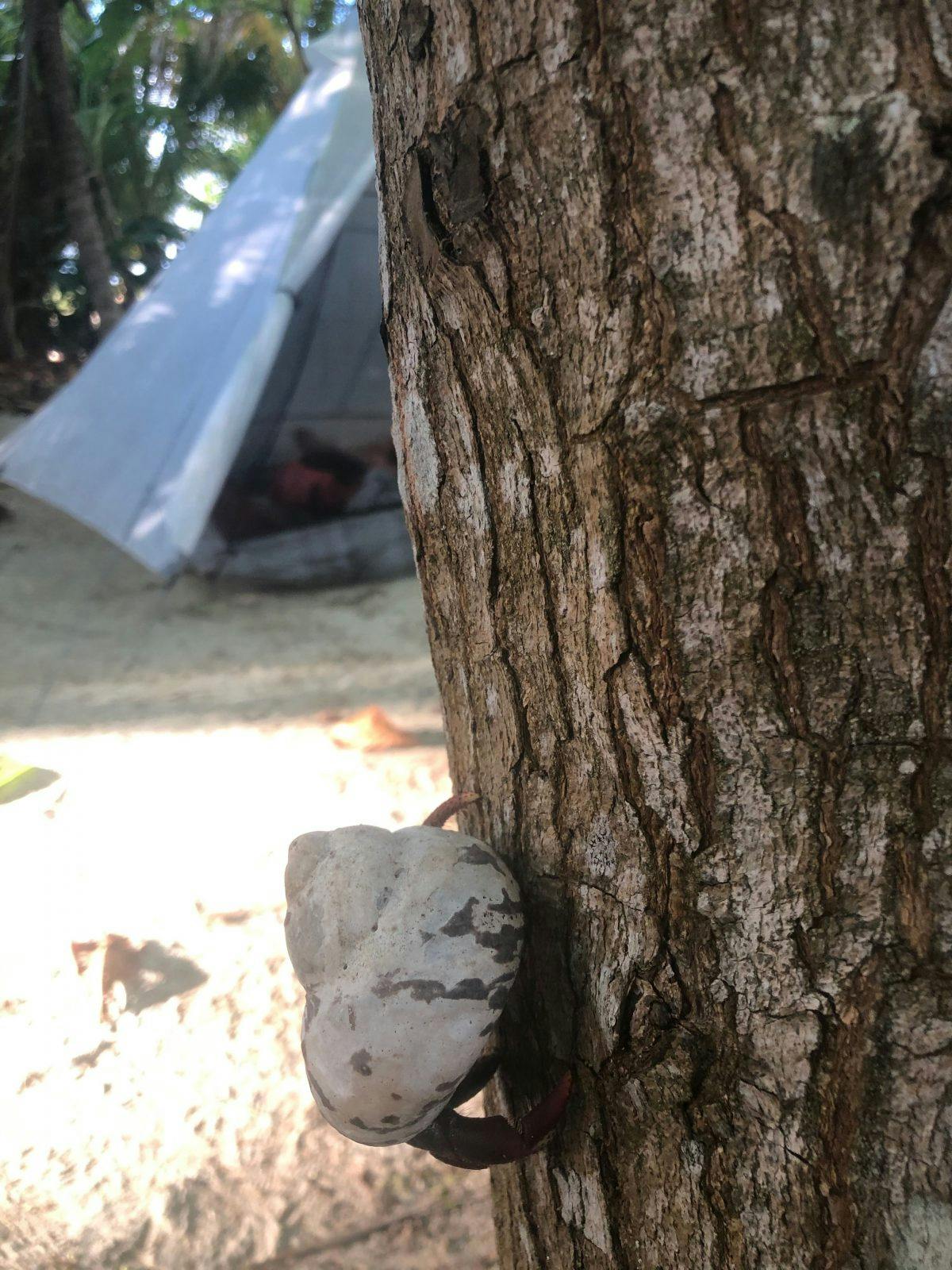Packrafting Belize
Caves, Waterfalls and Remote Jungle Paddling in the Land of the Maya
Story and Photos by: David Plante
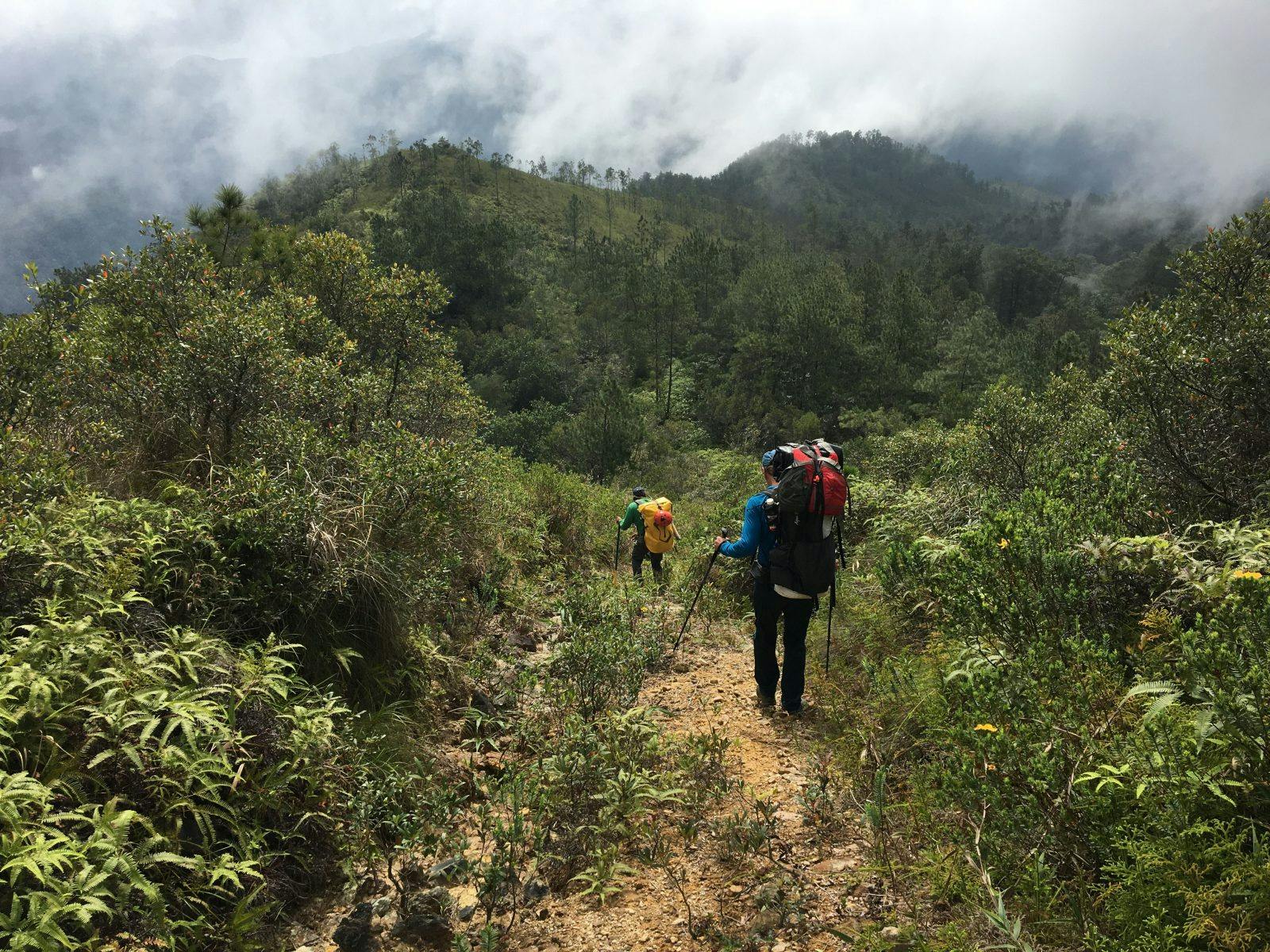
Background:
I’ve been fortunate to have paddled many rivers in the Canadian North over the past 3 decades using hardshell canoes, folding canoes, oar rafts, SOAR boats and kayaks. Two milestones happened this past year—I retired after 35 years as a veterinarian and discovered ultralight backpacking and packrafting. A perfect combination for an aging paddler! I will happily trade multiple portages carrying 75 lb. canoes and barrels for an 8 pound raft and all gear in one trip! Last year was my first foray into packrafting was a 3 week, 200 mile expedition in the Arctic Refuge in Alaska. The travel was challenging, the views and wildlife beyond spectacular and the experience life-changing.
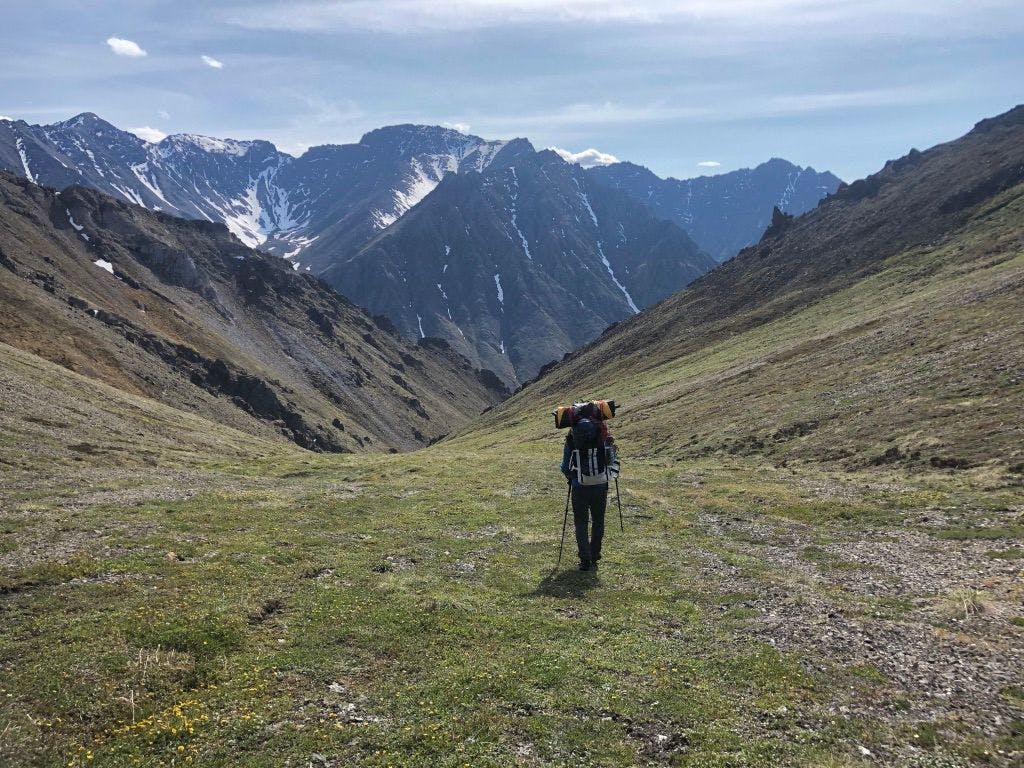
The Group:
Shawn Hodgins, owner of a Canadian based outdoor adventure company, Didier Maclaine Pont, retired outdoor gear retail business owner from Holland, Ajinder Garcha (AJ), who splits his time between Canada and Belize where he provides logistical services for outdoor ad-ventures and Ever Alejandro a upcoming guide from Placencia, Belize. Ajinder (AJ) and Ever both joined us for the Sibun River.
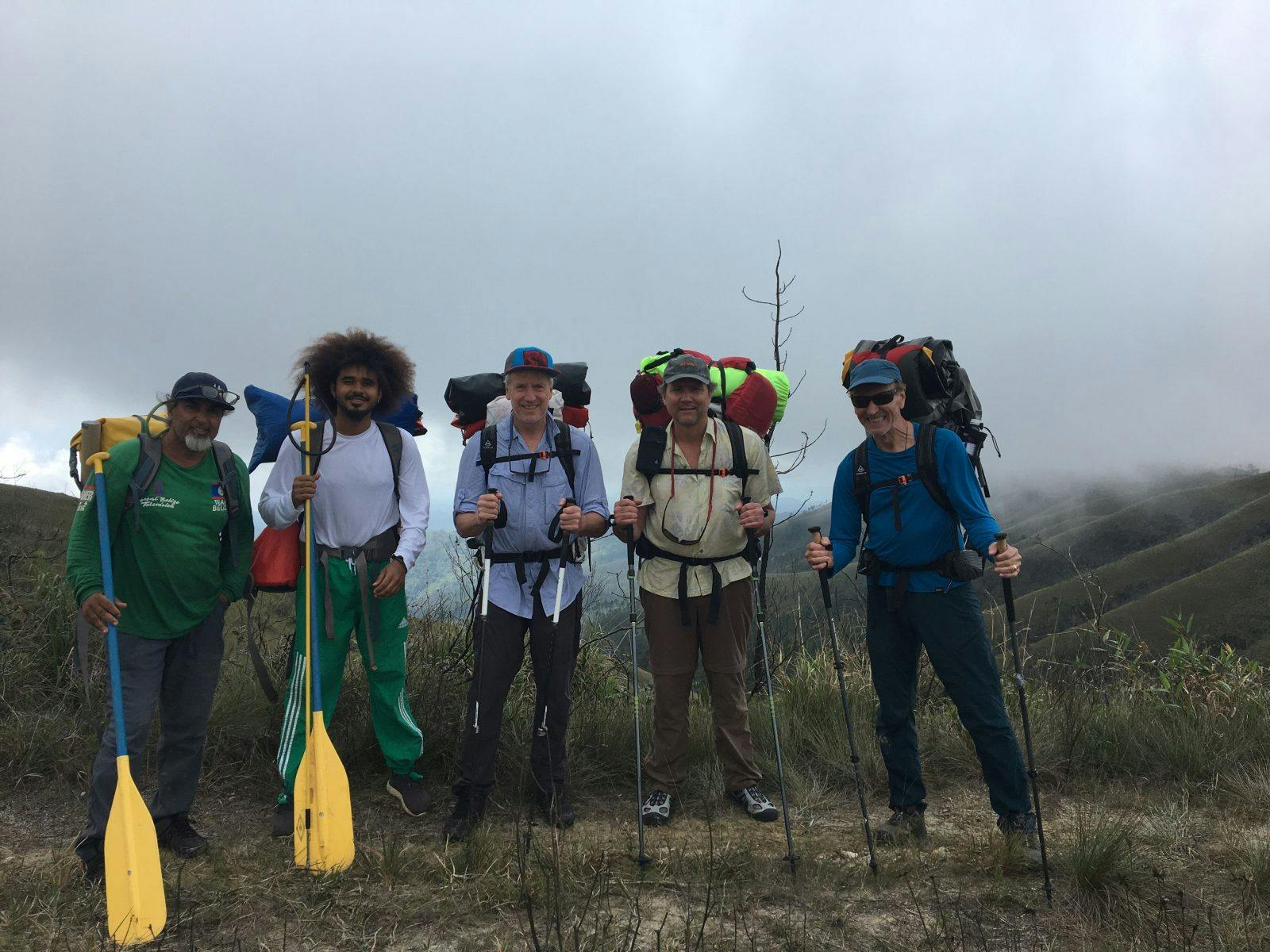
The Plan:
Shawn and I have explored several Central American countries over the past few years. We chose Belize for ease of logistics and our personal familiarity with the country as well as previously developed local contacts. We decided on 3 rivers:
- Caves Branch River system – explore the Mayan underworld in a packraft
- Sibun River – suggested by AJ over the years. He had been there once via helicopter and his description of its beauty and inaccessibility was magnetic!
- Moho River – A 3 day paddle with lots of runnable waterfalls
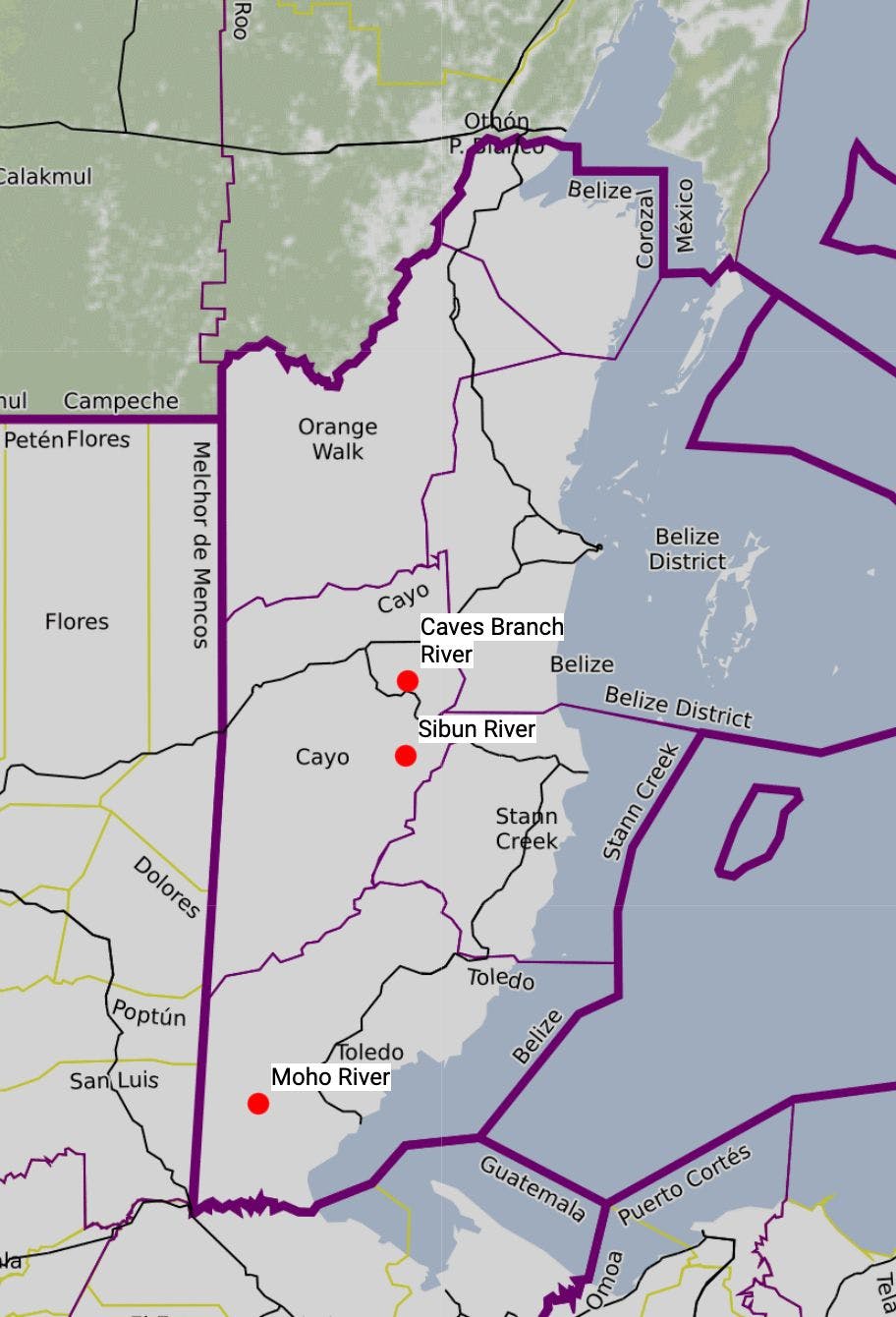
Shawn and I had both paddled the Caves Branch and the Moho several times (never in packrafts) but the Sibun River was by far the main attraction. It was remote, rarely ever visited and extremely wild.
Caves Branch River
Subterranean Belize has some of the most incredible cave systems in the world. They were used extensively by the Mayans for rituals and sometimes for shelter. Caves Branch River is a popular tourist area for day trippers wishing to explore the Mayan caves. We decided on a 3 day paddle through some the rarely explored sections of the river.

Spirits were tense as we paddled in pitch black for hours at a time using headlamps to light the massive cave system, sometimes paddling in significant current. Eventually, the cave would open up as a massive window lighting up the dense jungle as the river enters the surface world.
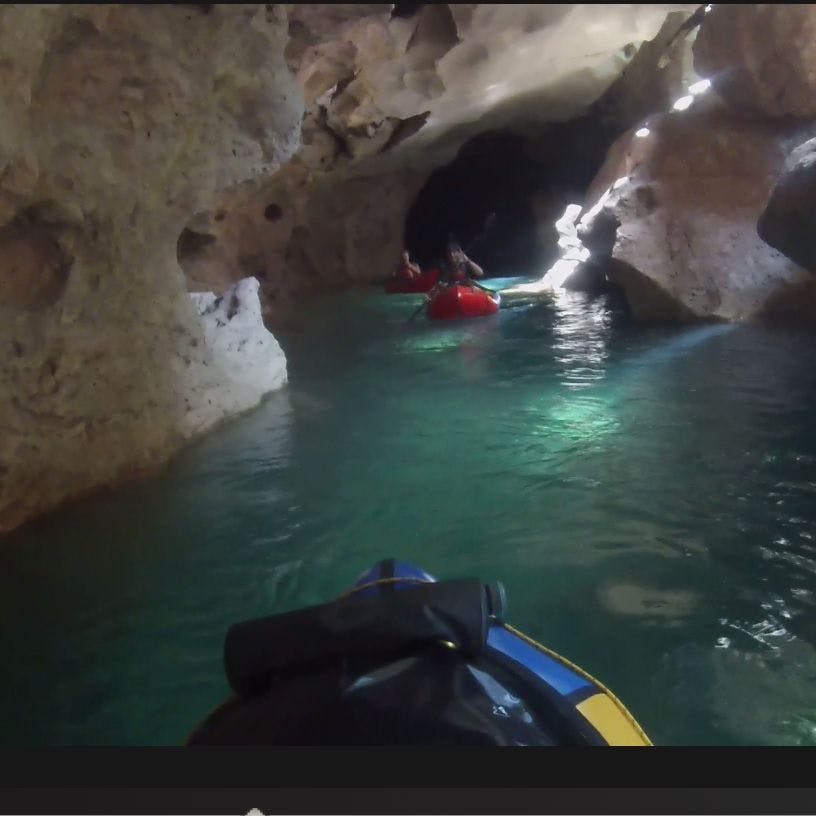
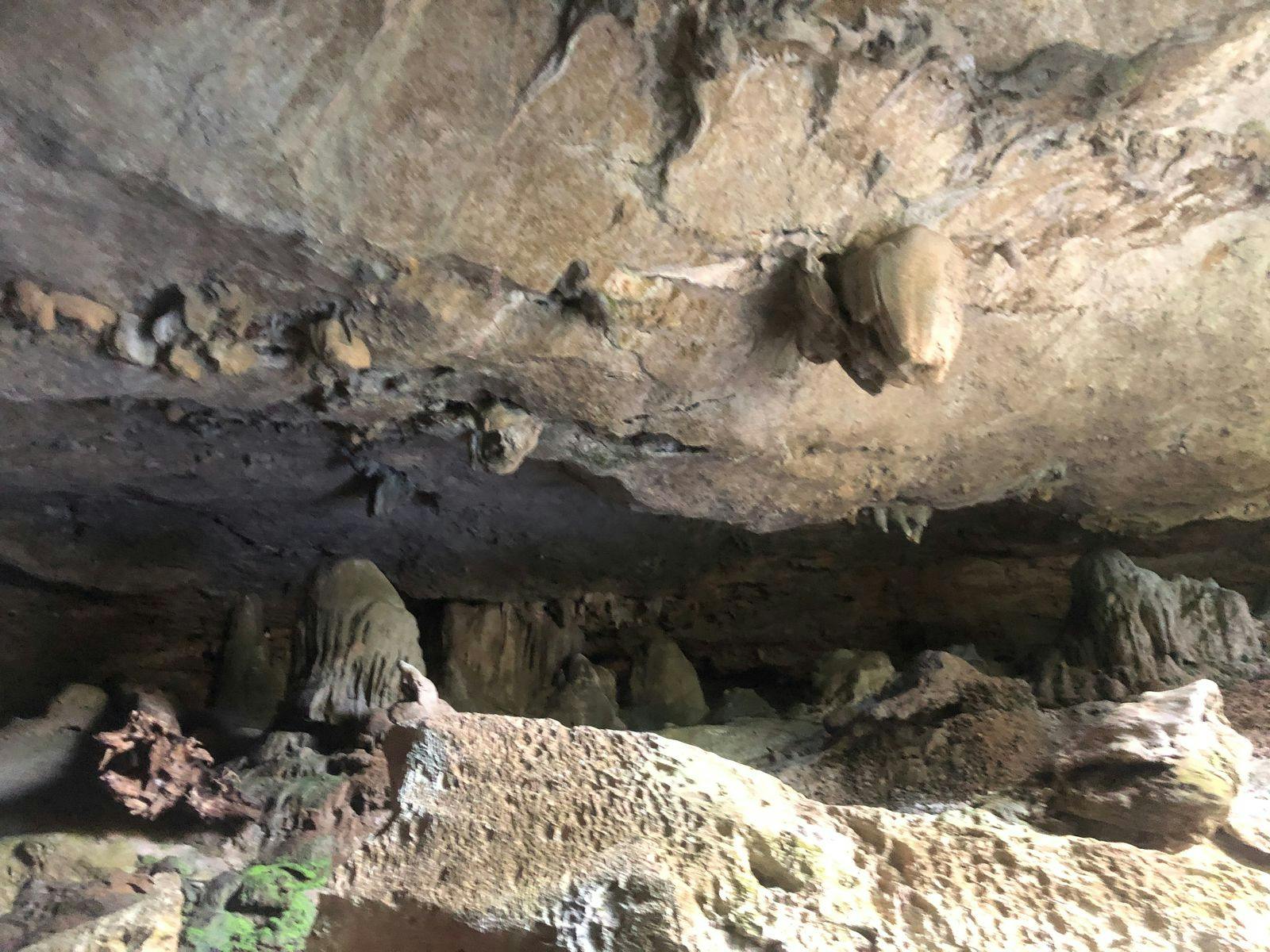
We camped each night near a cave entrance. The last day we entered part of the cave system popular with cruise ship day trippers. Local Mayan guides were leading mass numbers of headlamp illuminated inner tubes carrying adventure seekers. It was a striking contrast to paddle through the extreme isolation of the first 2 days then suddenly the sheer blackness was interrupted by hundreds of tubers appearing as bobbing fireflies in the darkness.
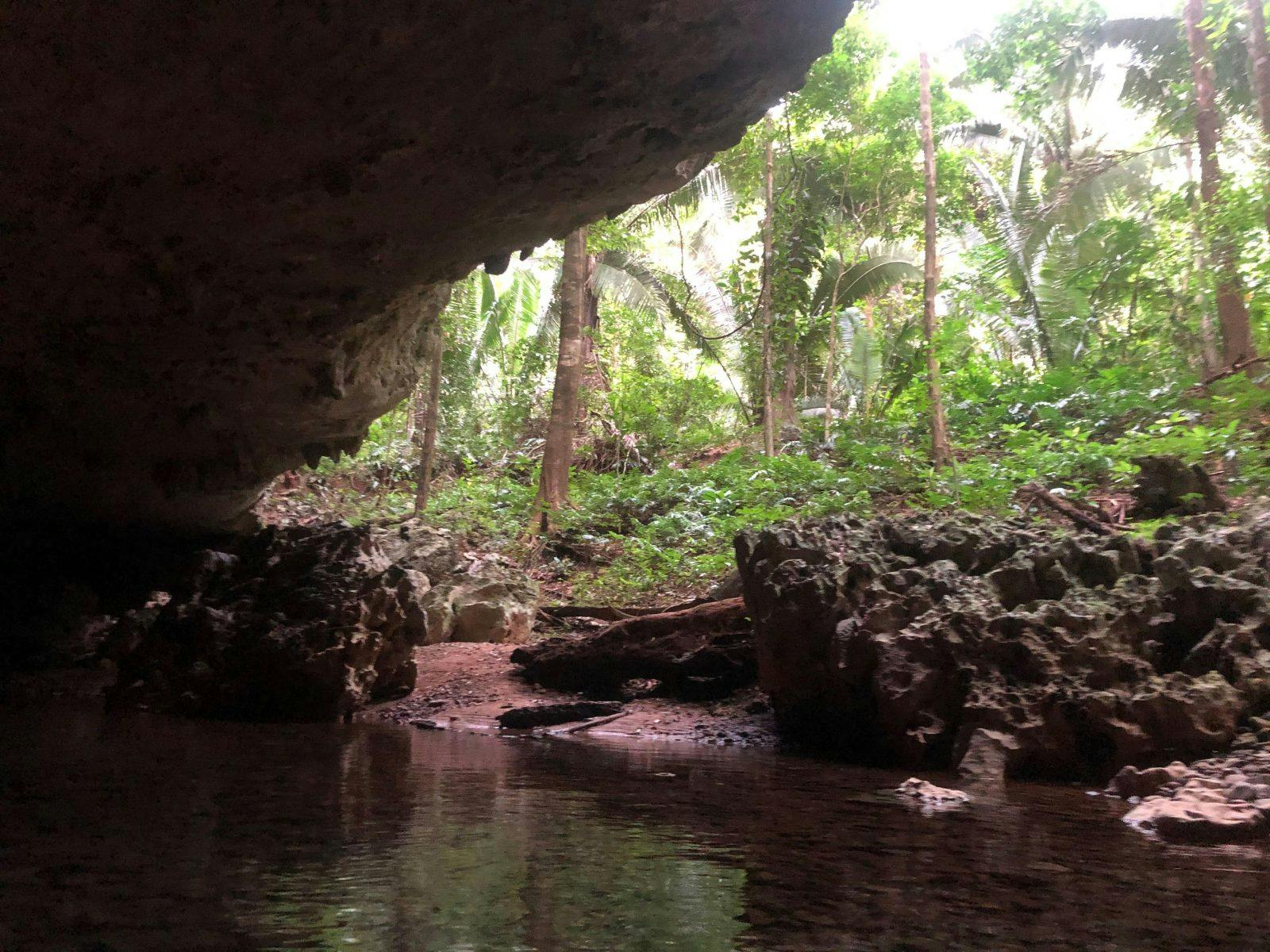
Sibun River
The gravel road weaved through jungle then through pine forests as we ascended the Maya Mountains. This is the most remote area of Belize—massive tracts of forest preserves and wildlife sanctuaries Abandoned artillery ranges littered the rarely visited area. These were used by the British military who often trained in Belize (Belize was a British colony formerly known as British Honduras) The rutted road eventually became impassable and we unloaded gear packed up and said farewell to our driver and began our descent to the Sibun River!!
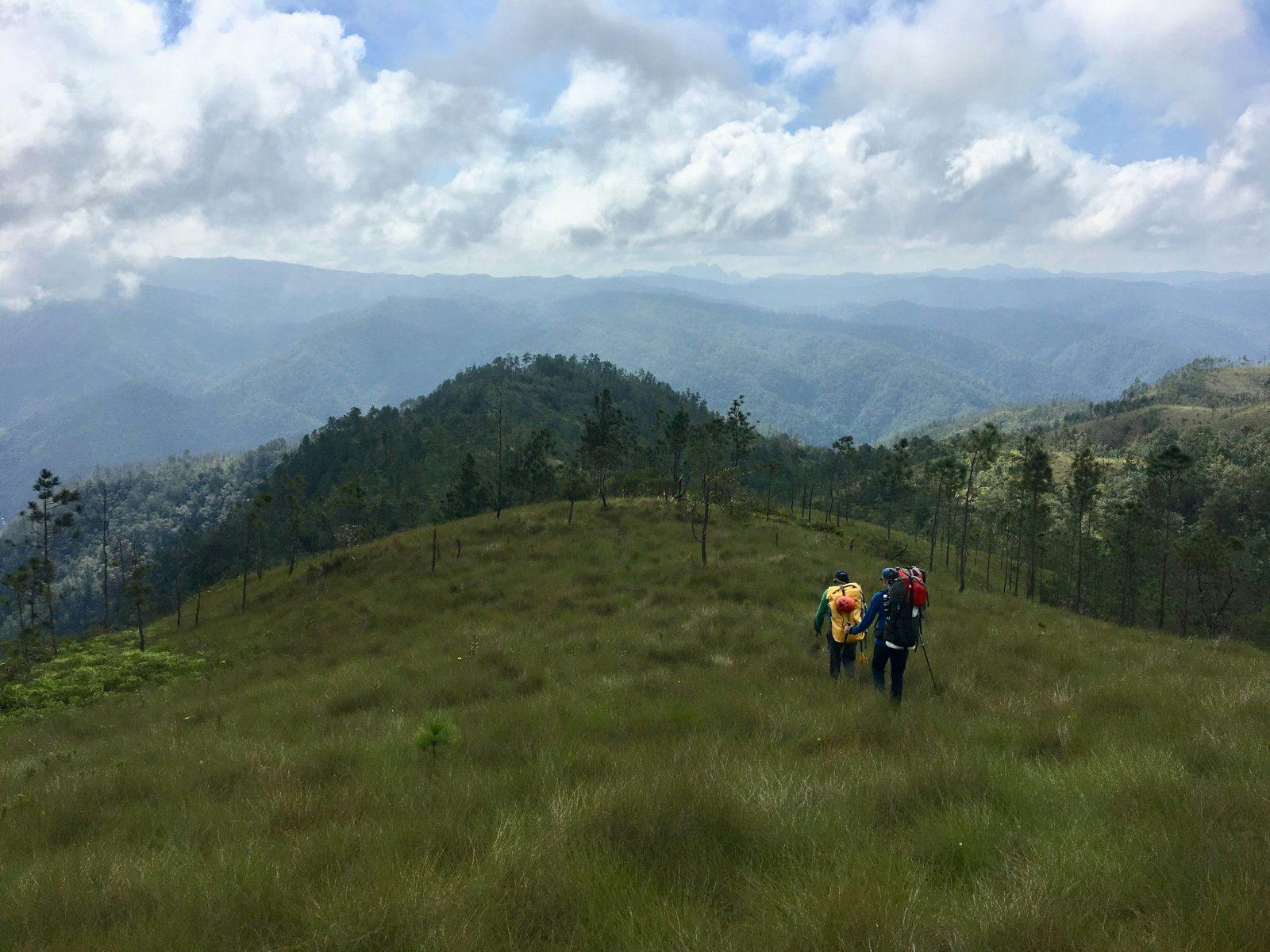
AJ had run the Sibun once before, his group hired a helicopter to drop them off at their put-in. Others had rappelled down the steep cliffs to access the river. We decided to backpack in with our packrafts at a point further upstream then other reports. AJ managed to get our permits from the forestry department, hire a local “chopper” who spent two days cutting a machete trail down the mountain and do a preliminary hike down the steep trail and set up rapelling gear on the steep cliffs towering above the river.
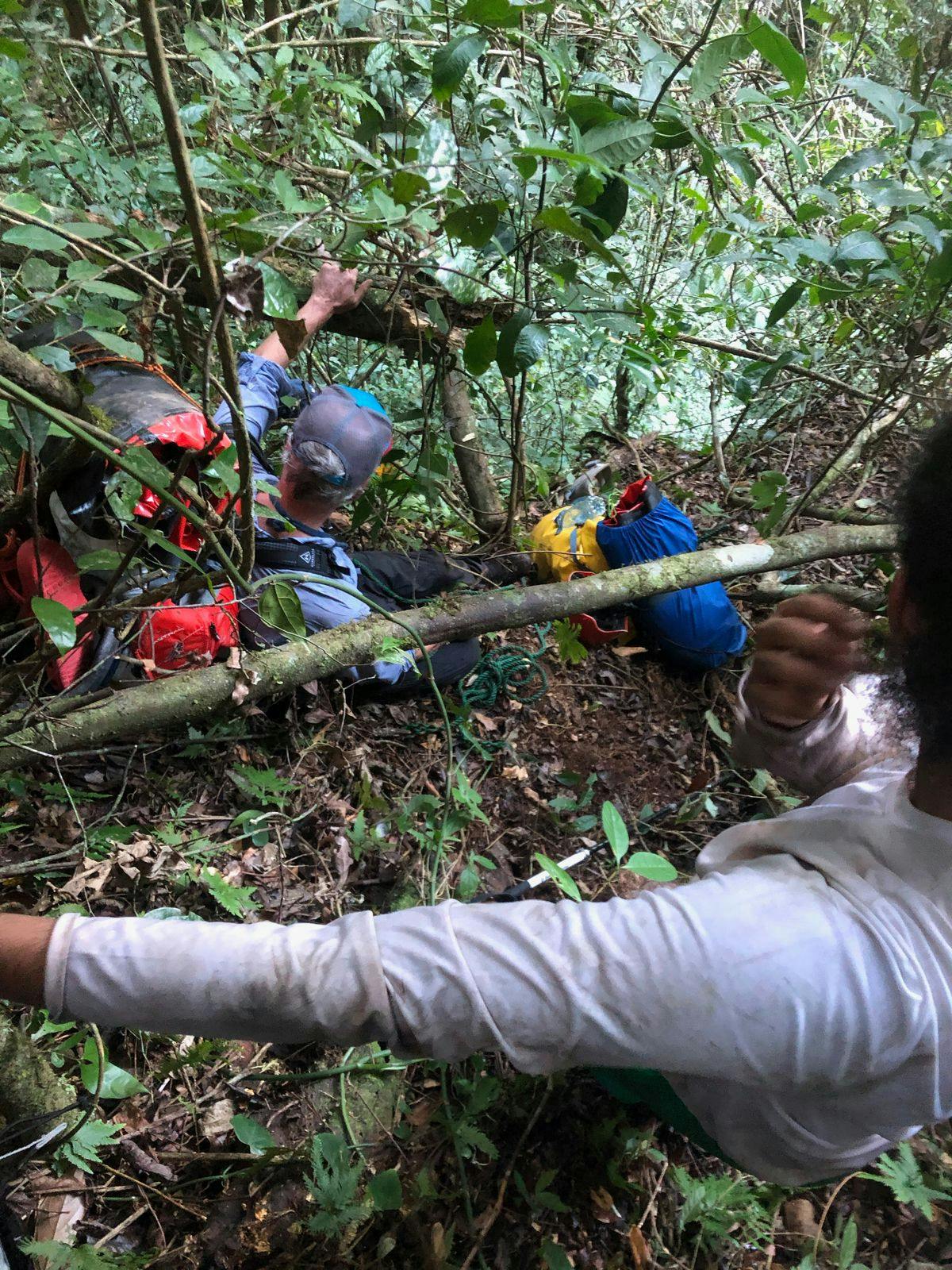
I won’t lie, the jungle hike was difficult. It was extremely steep at times, very slippery and the jungle heat was oppressive. We found ourselves clinging on roots and branches as we traversed along cliffs. We also had to be very careful on what we touched, thorns were common on many of the branches and the tiny slivers were difficult to remove.
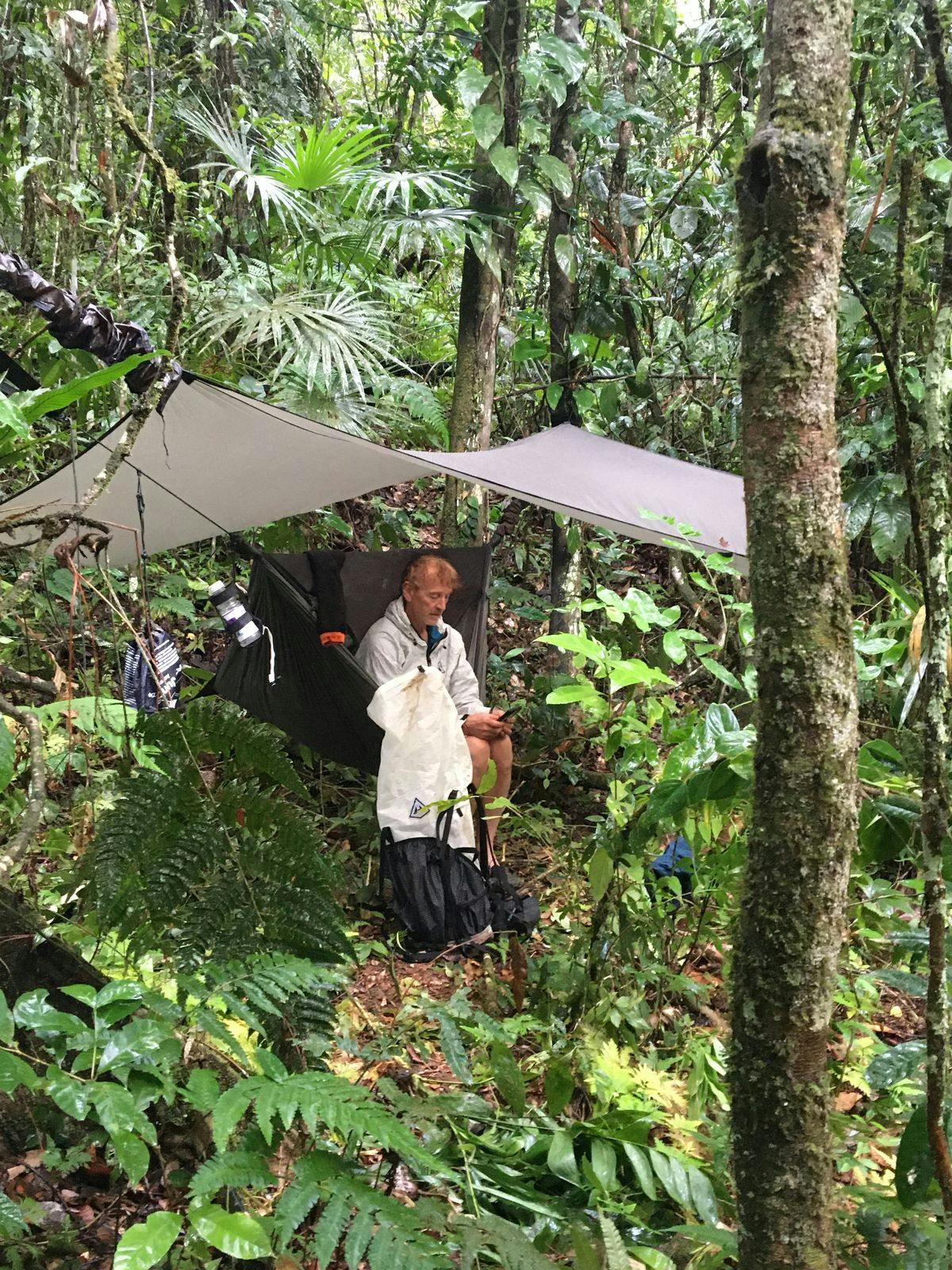
After about eight hours we reached the last cliff which was essentially a falls with the awaiting repelling gear. Along the trail we were introduced to what Ever called “Doctor Flies”. He called them this because when they bite you, you’ll need to go to the doctor! They are a type of horsefly, they are stealth, the itch and welts come later. We were all muddy and exhausted by this point and opted to climb down to the river as we had been hiking rather than risk the ropes with our gear as the night was quickly descending on us.
Our put-in site was further upstream than the other reports we had seen. We decided to take a day and explore even further upstream. We carried our packrafts upstream for a few hours. The river was small and very clear with small rapids. Dense jungle covered steep mountains lined both sides of the river. Thousands of fish scattered in the current. Some smaller fish were jumping very high out of the water. While, fish-eating bats would swoop down and catch them. Huge mountain mullet were also abundant.
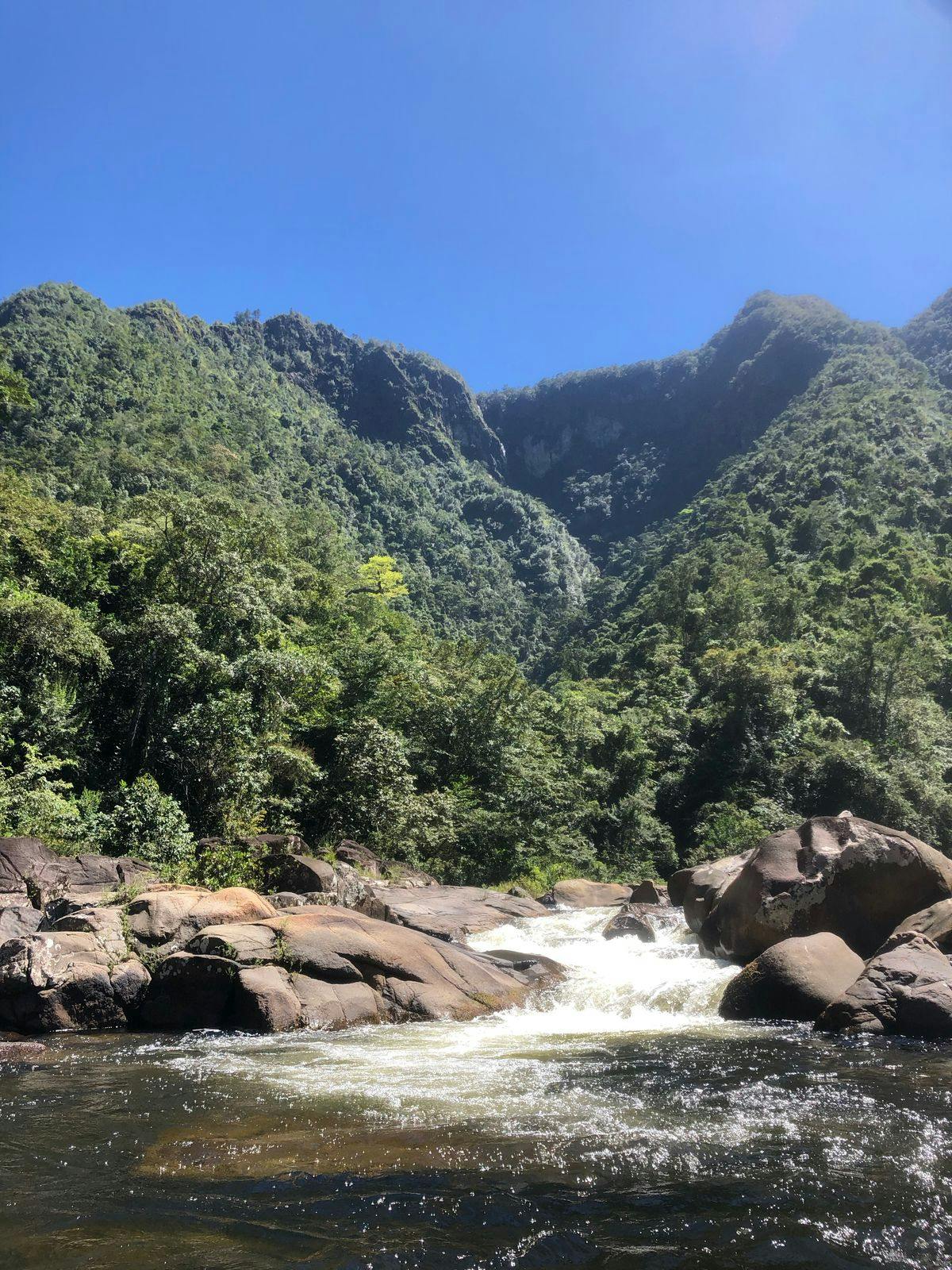
The following days we progressed down the Sibun, we were able to run all the rapids and big drops (with some scouting). Most of the drops were class II-Class III, but there were many technical runs that required very close attention. We explored a small tributary to a falls. It was surreal; Hundreds of small fish jumping and flying in the air, fish-eating bats swirling inches off the water surface then disappearing into the cliff wall at the water line. Reflected light beamed through the jungle onto the water then was projected like a scene rom ‘Fantasia’ on a cliff side causing a magical show of swirling lights. This place was truly special.
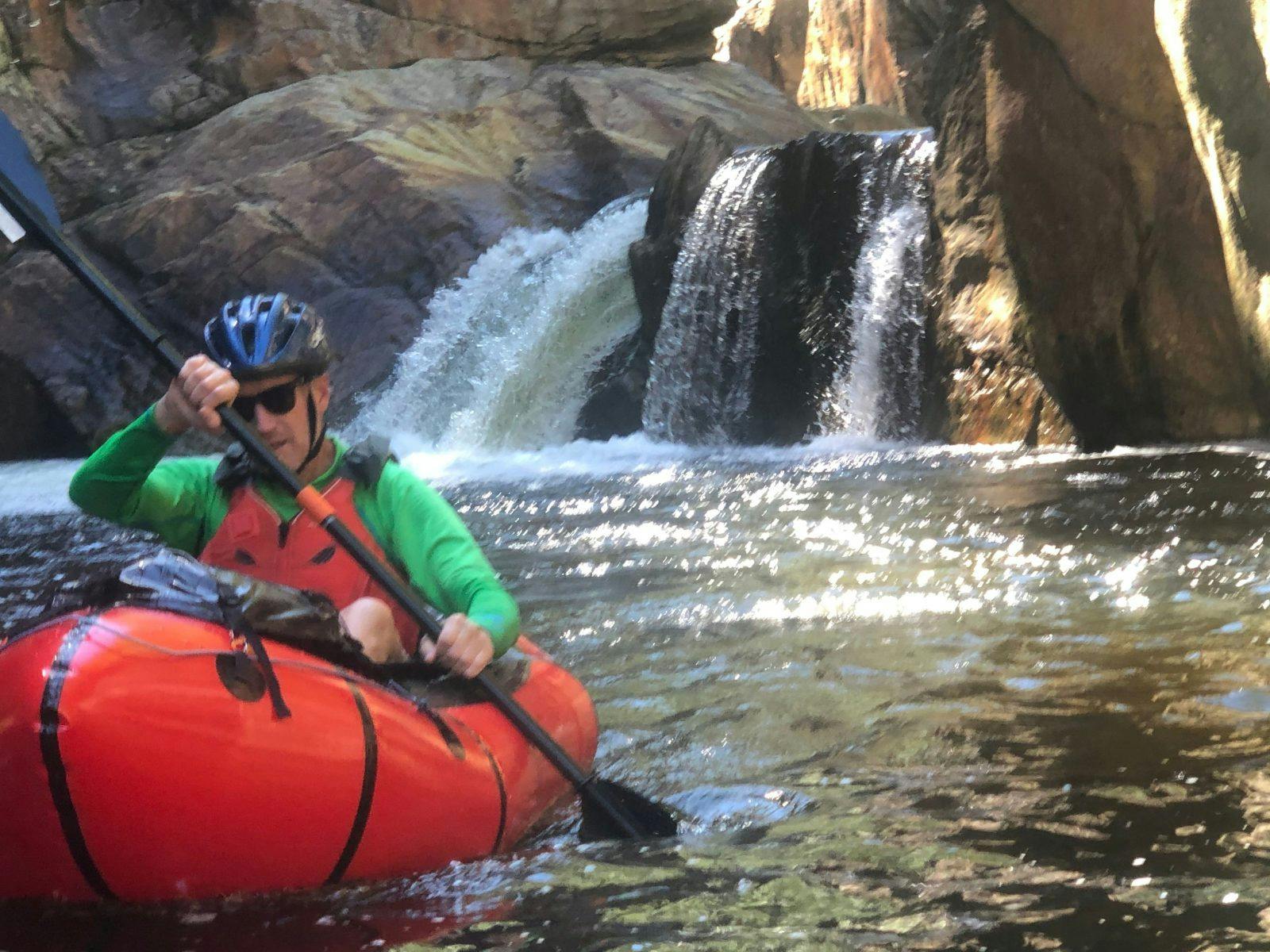
The Sibun River Gorge
Jungle Adrenaline!
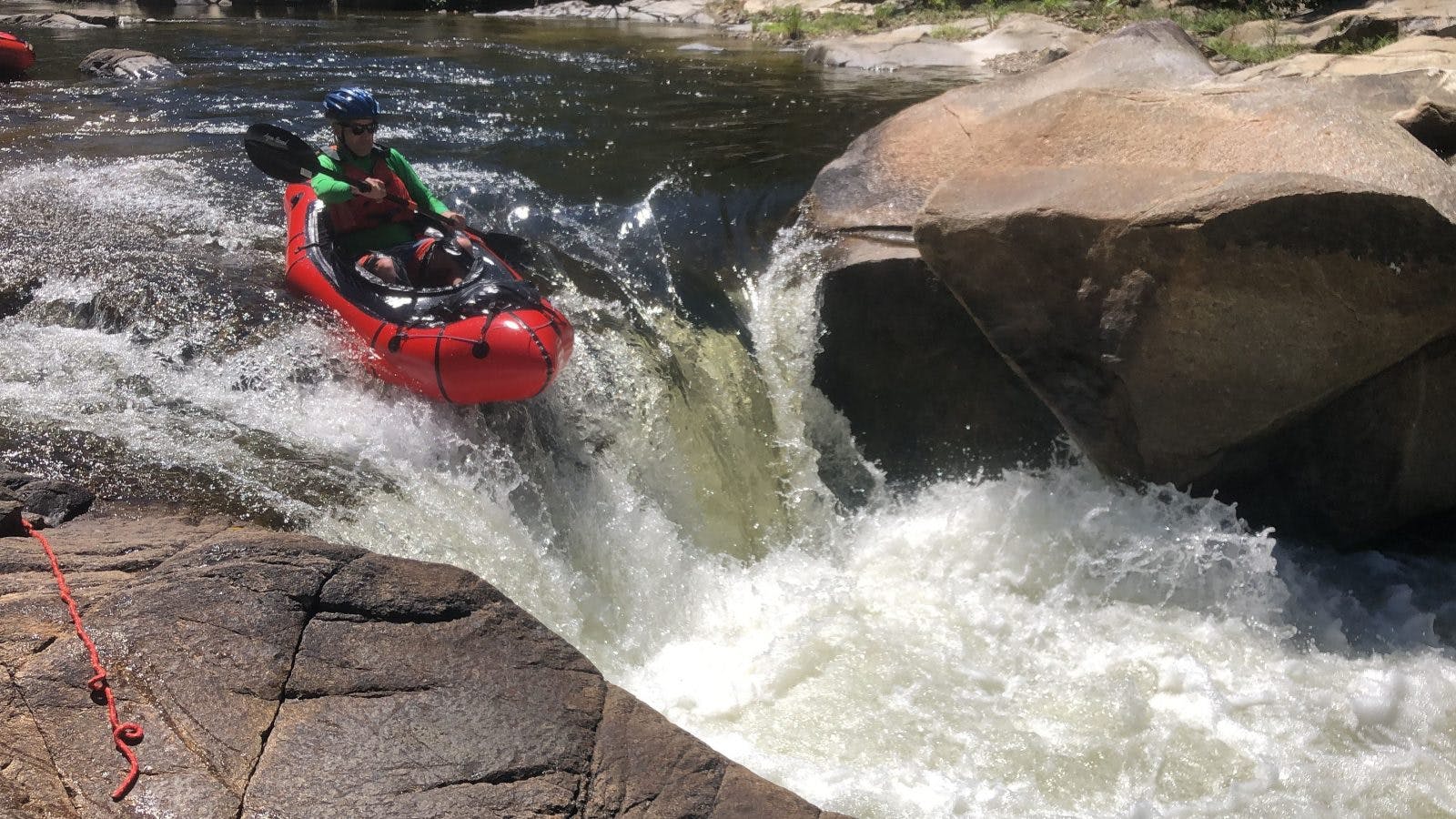
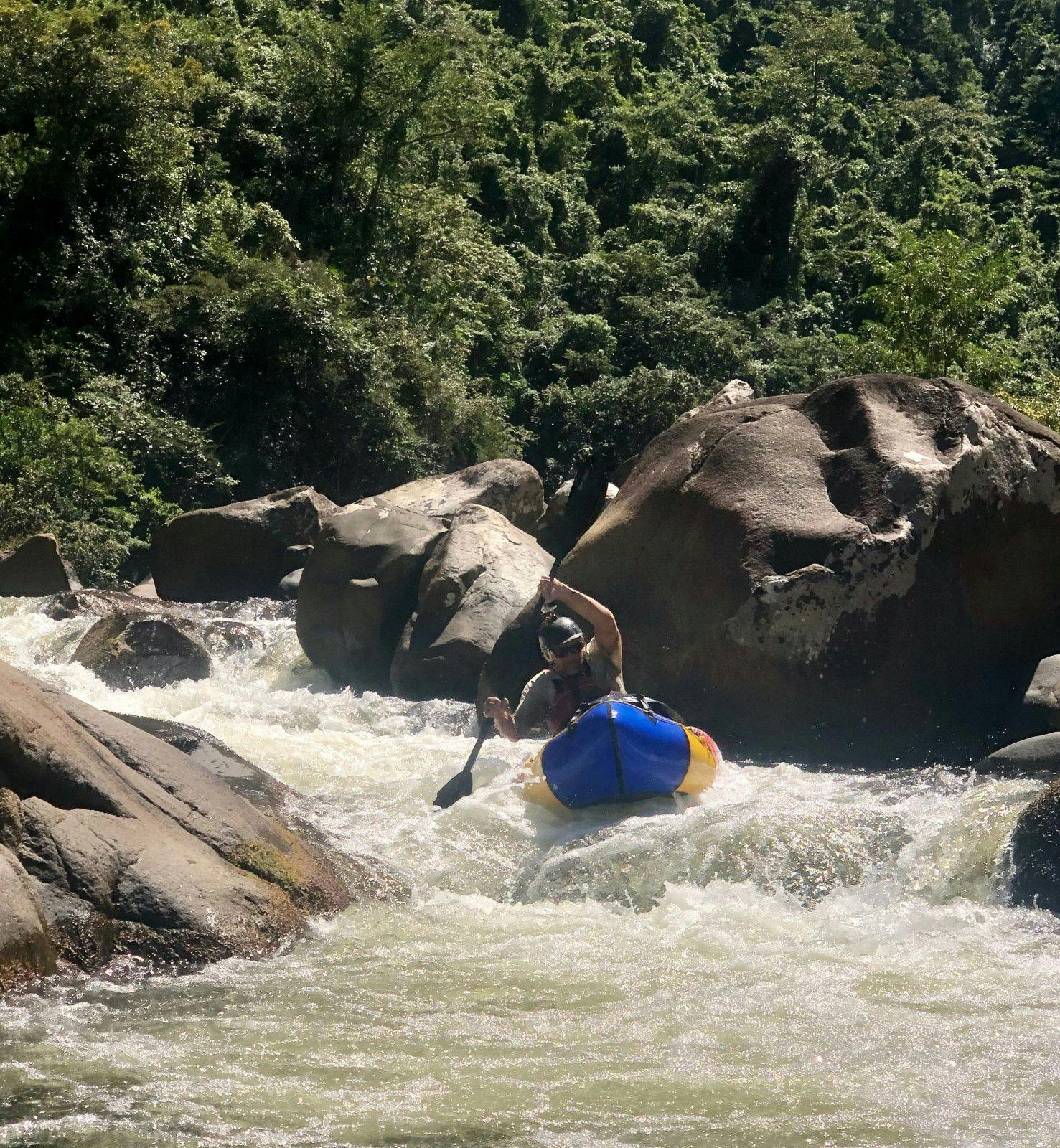
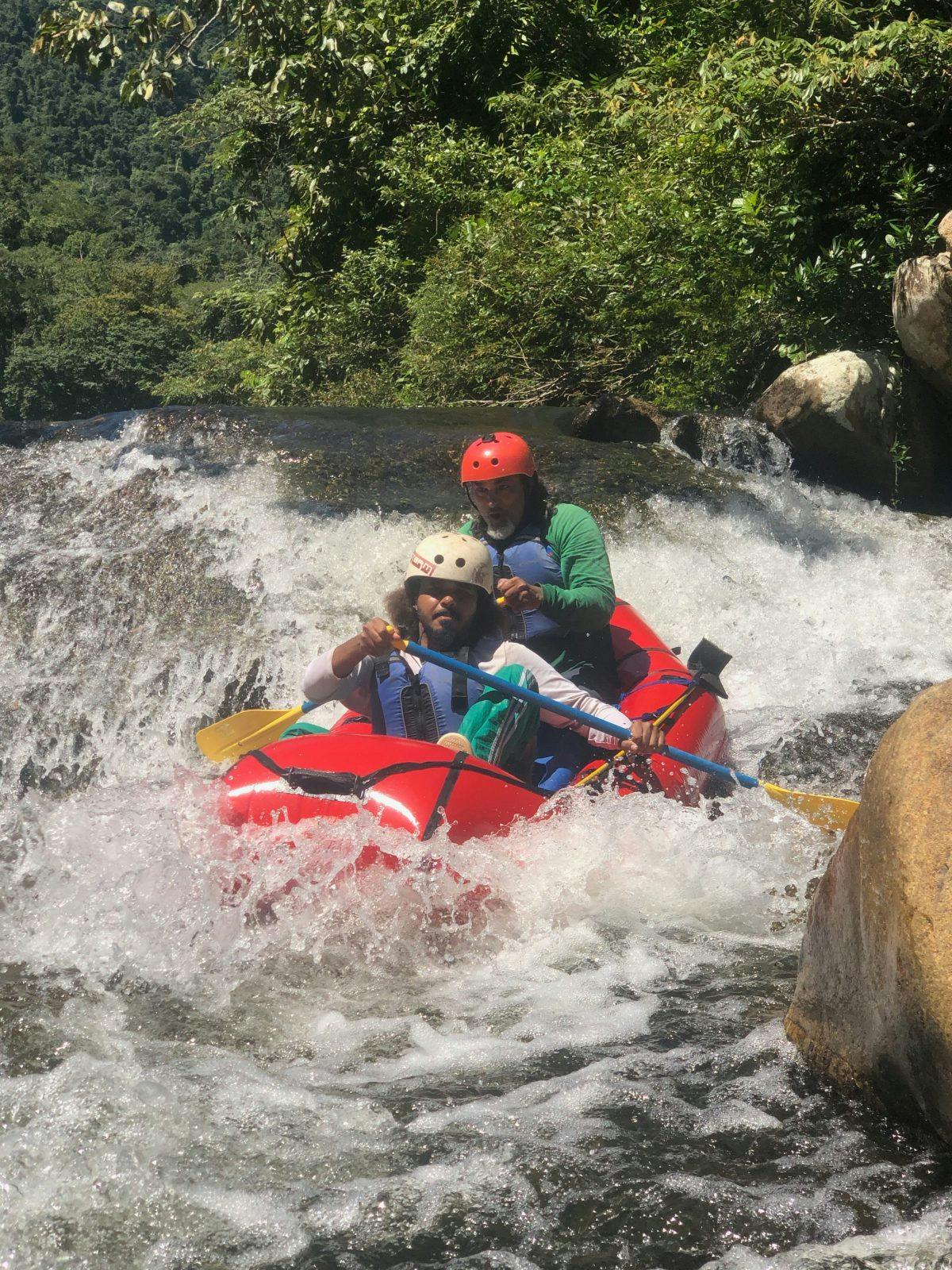
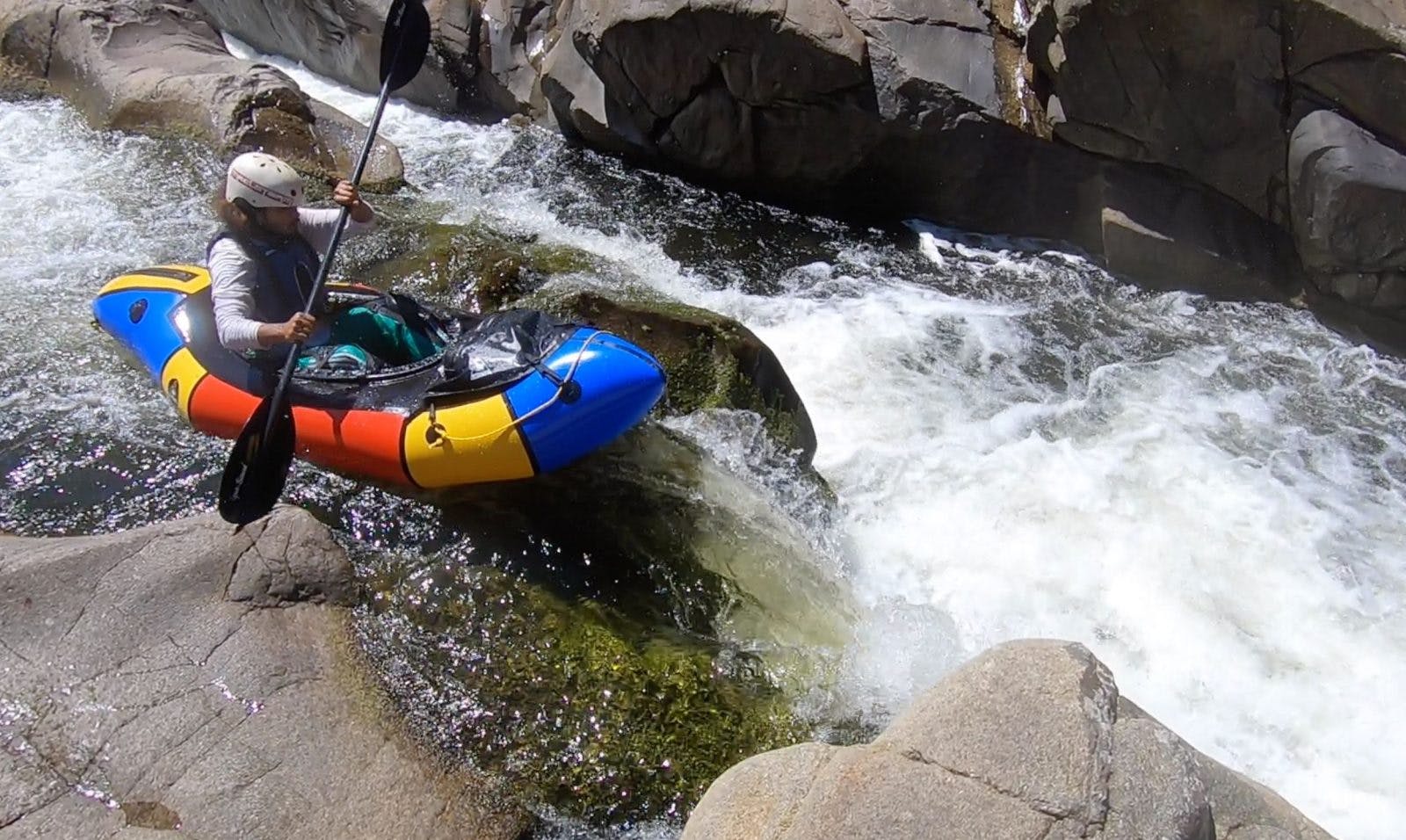

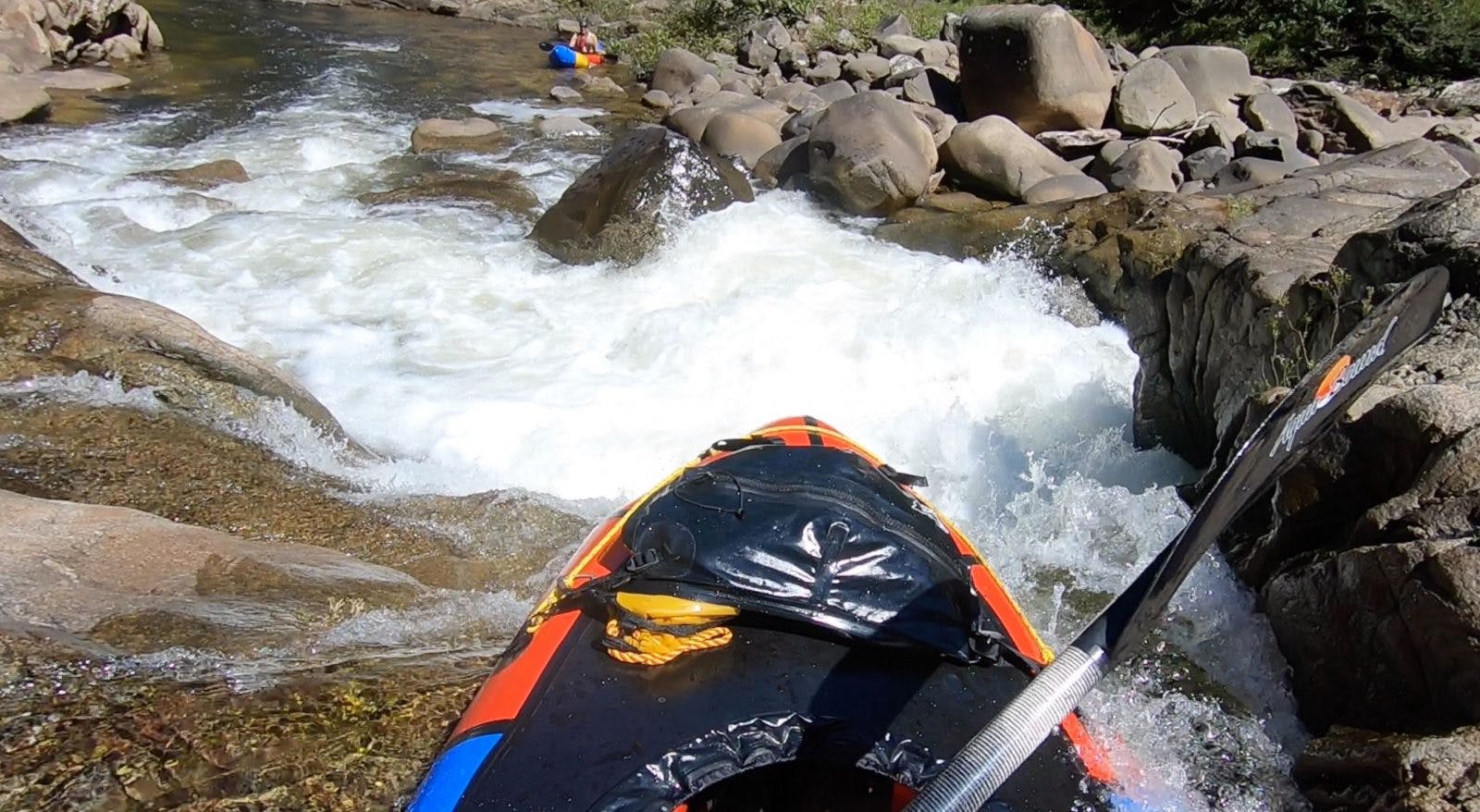
We finished the river in 4 days (a day earlier than expected and camped on a remote farm along the river. We shared some beer with the farmer, Molito who also helped us out with vehicle shuttles.
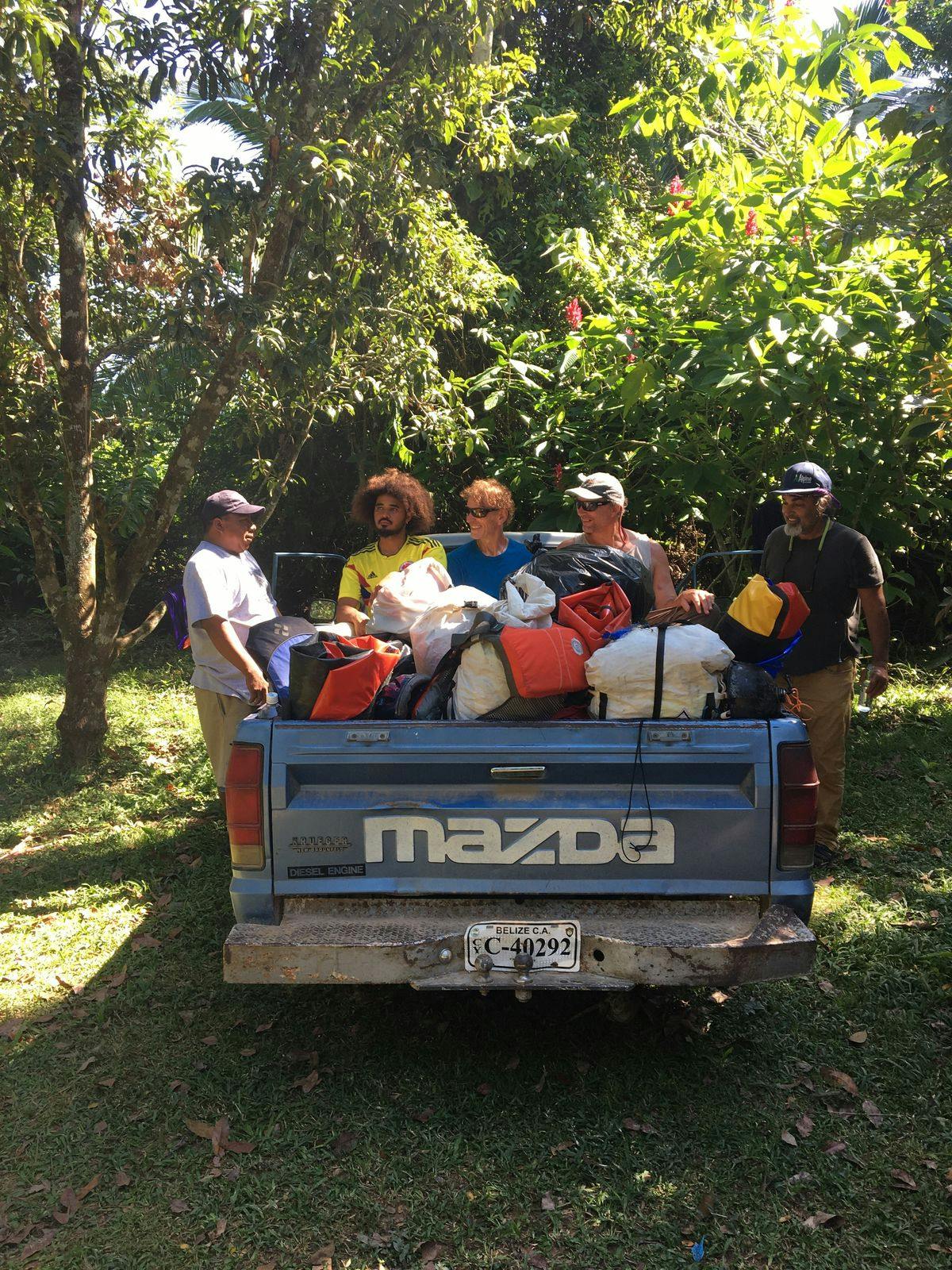
Moho River
The Moho River flows from the mountains in southern Belize in an easterly route over a series of limestone falls. There are a few small Mayan villages and Mennonite farms carved out of the jungle in this district. The Guatemalan border is not far away.
We arrived to the small village of Blue Creek early enough to explore the nearby Hokeb Ha Cave. According to Isadoro, our local guide for the Moho River: hundreds of Mayans sought shelter from the invading Spaniards in this cave. We were in awe as we swam in the darkness of the caves guided only by the light of our headlamps.


We camped at Isadoro’s farm. He and his family generously provided us a place to camp and plenty of traditional Belizean food to eat.
We shared our campsite with roosters, pigs and several dogs. The next morning, we shuttled a few hours on rough gravel roads to our put-in site on the Moho River.
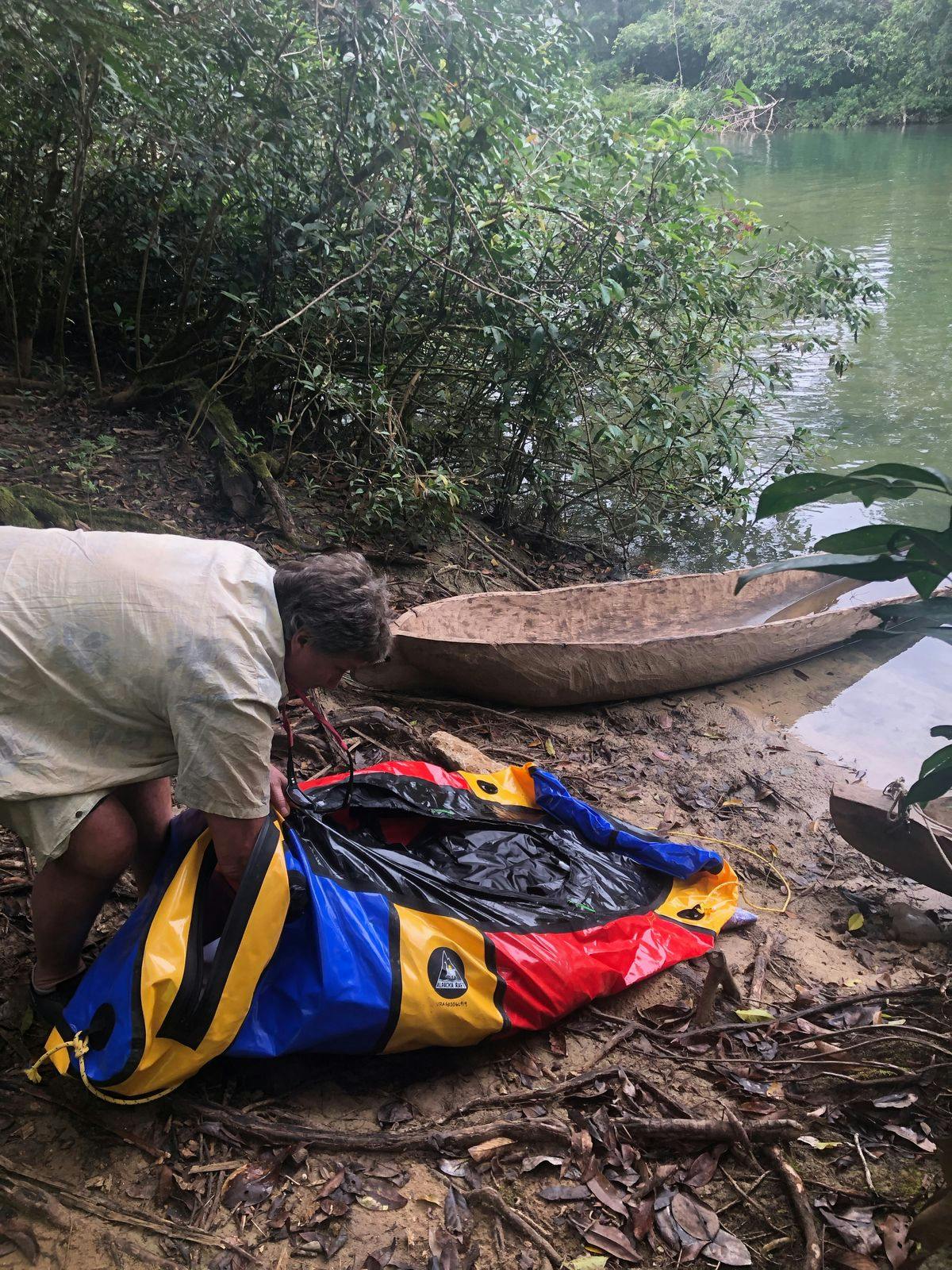
The Moho River descends through a vibrant jungle with toucans, parrots, kingfishers and egrets. Howler monkeys roar like lions at dawn and dusk. Spooked iguanas plunge into the river from overhanging trees as we drift down the river.
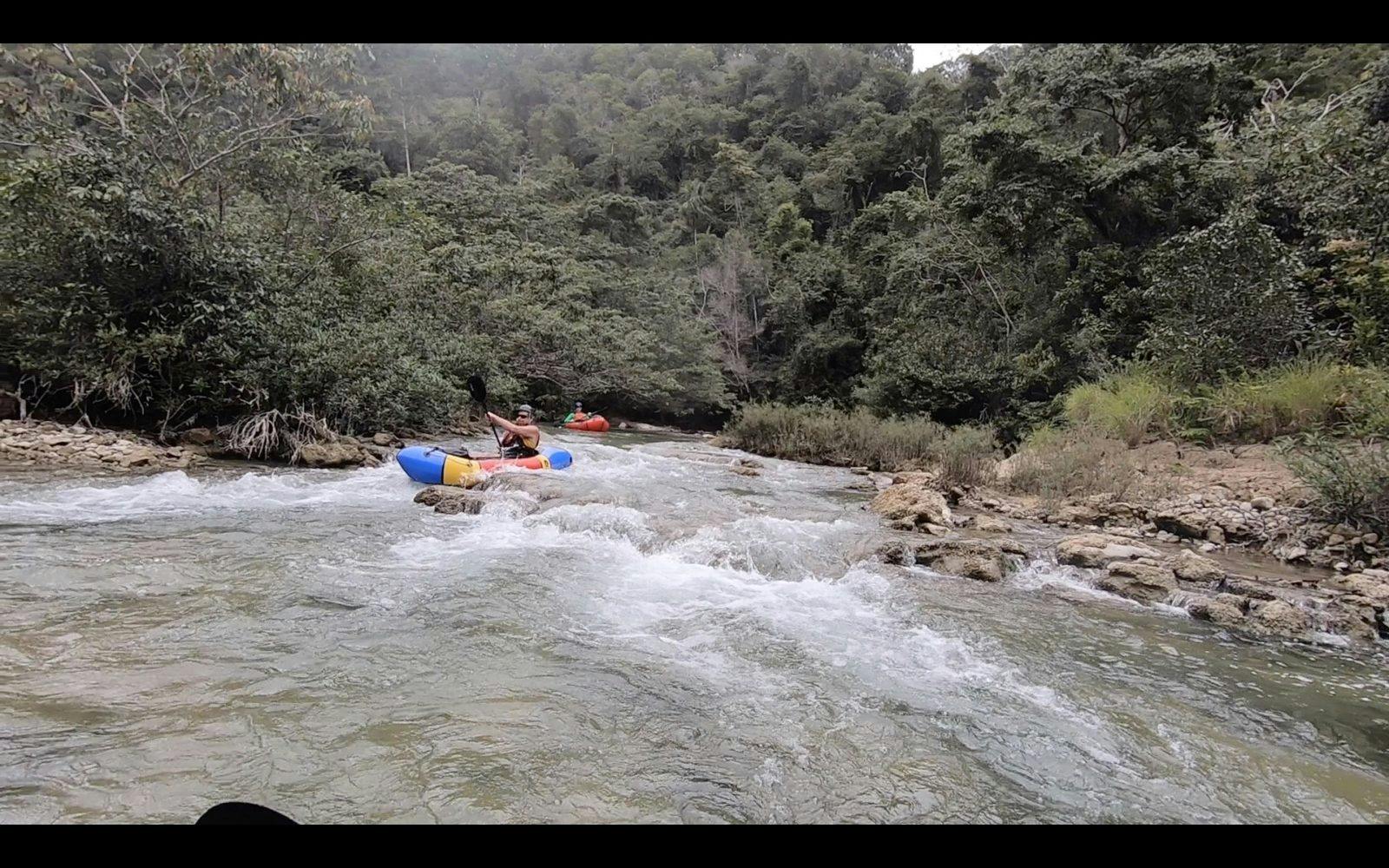
The generally peaceful current of the river is interrupted by small rapids and many runnable falls with up to 16’ drops into the warm tropical water.
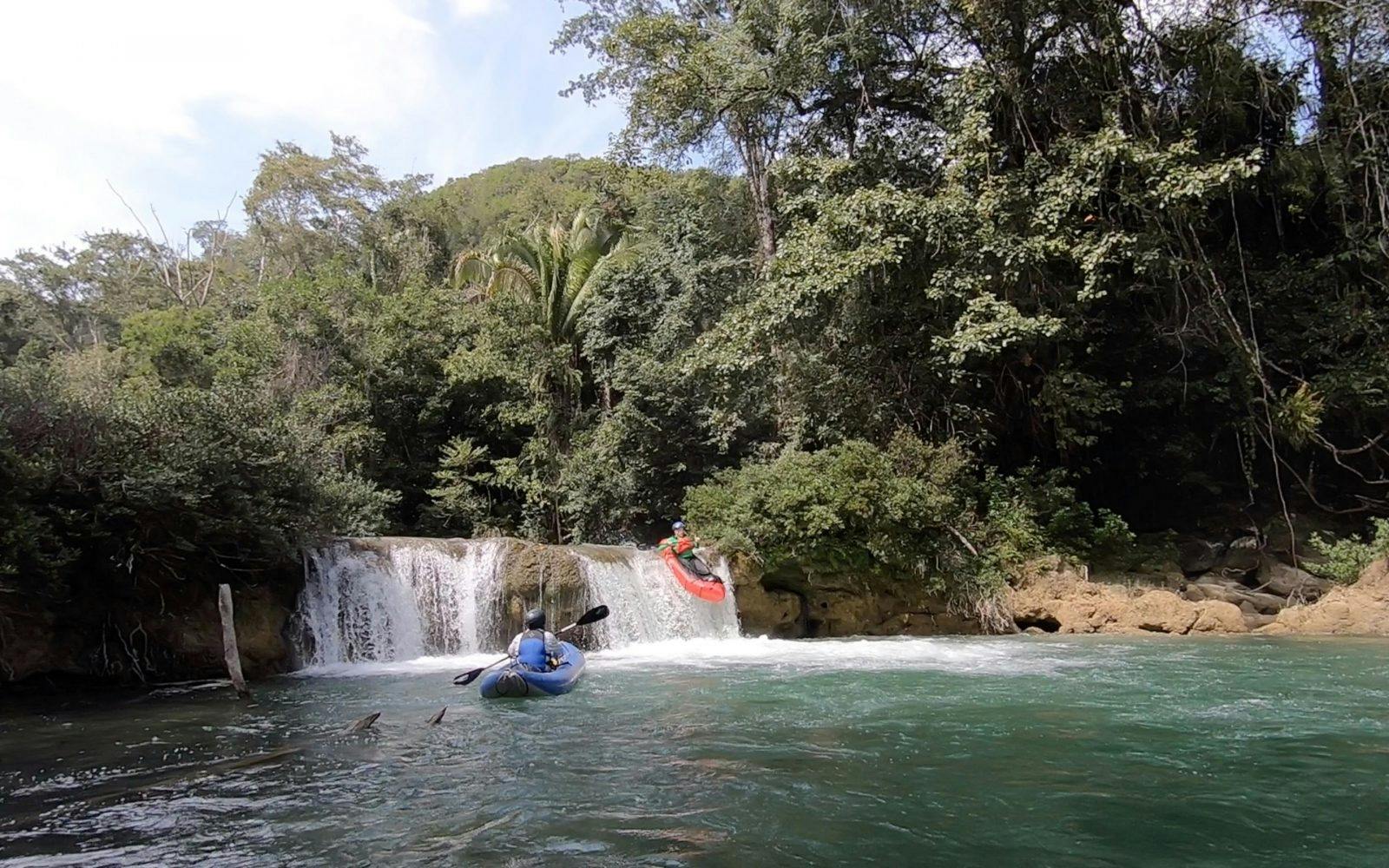
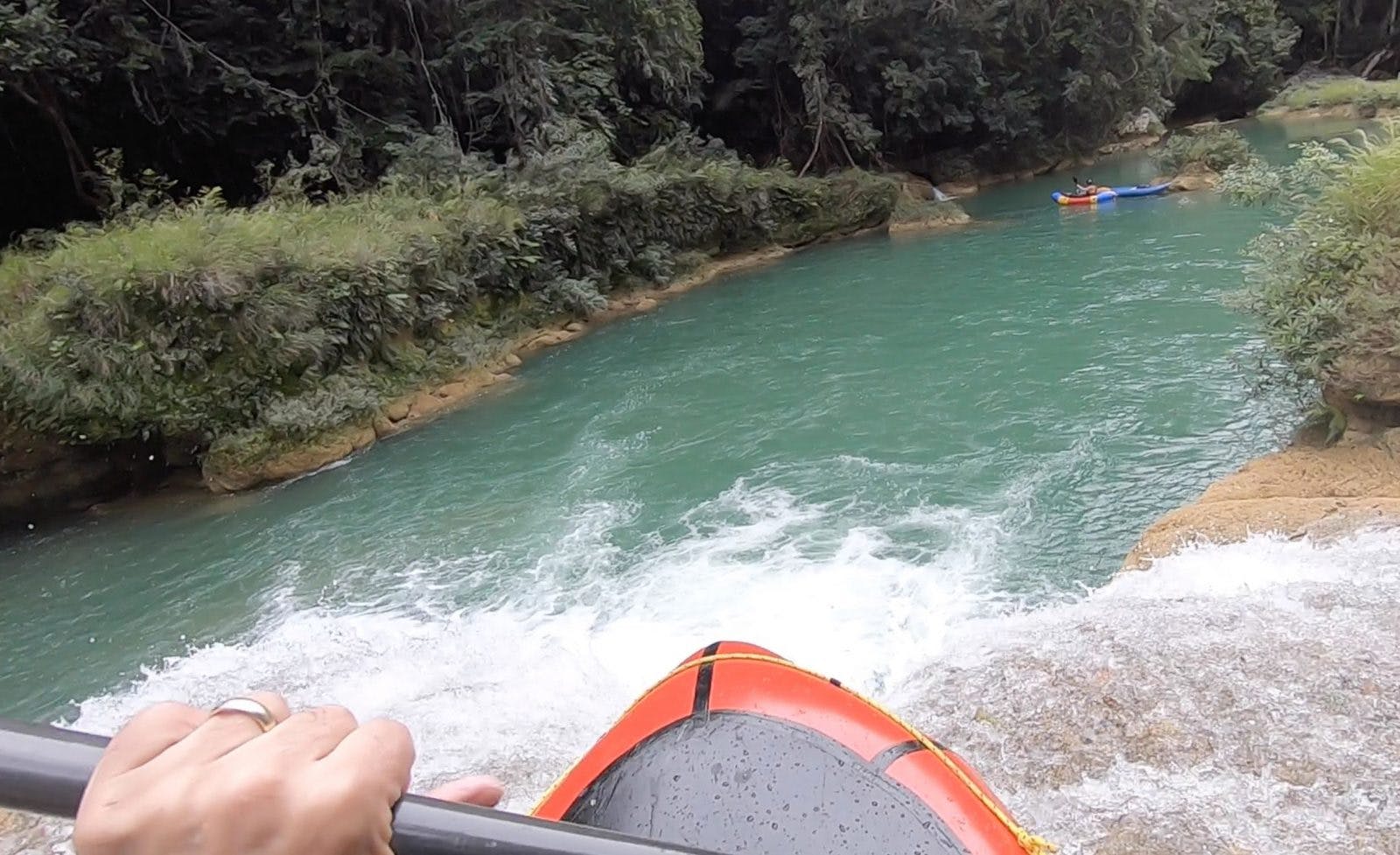
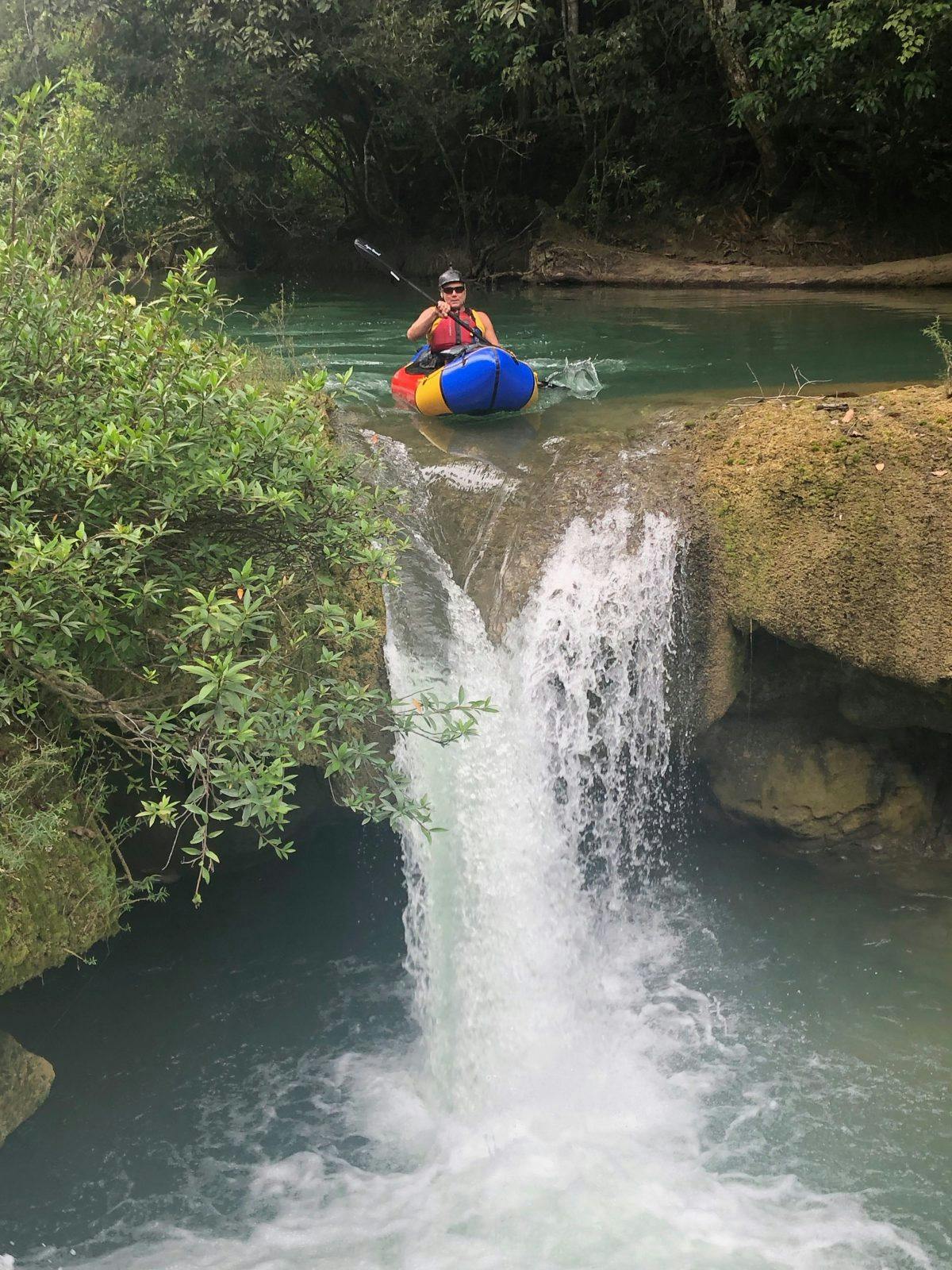
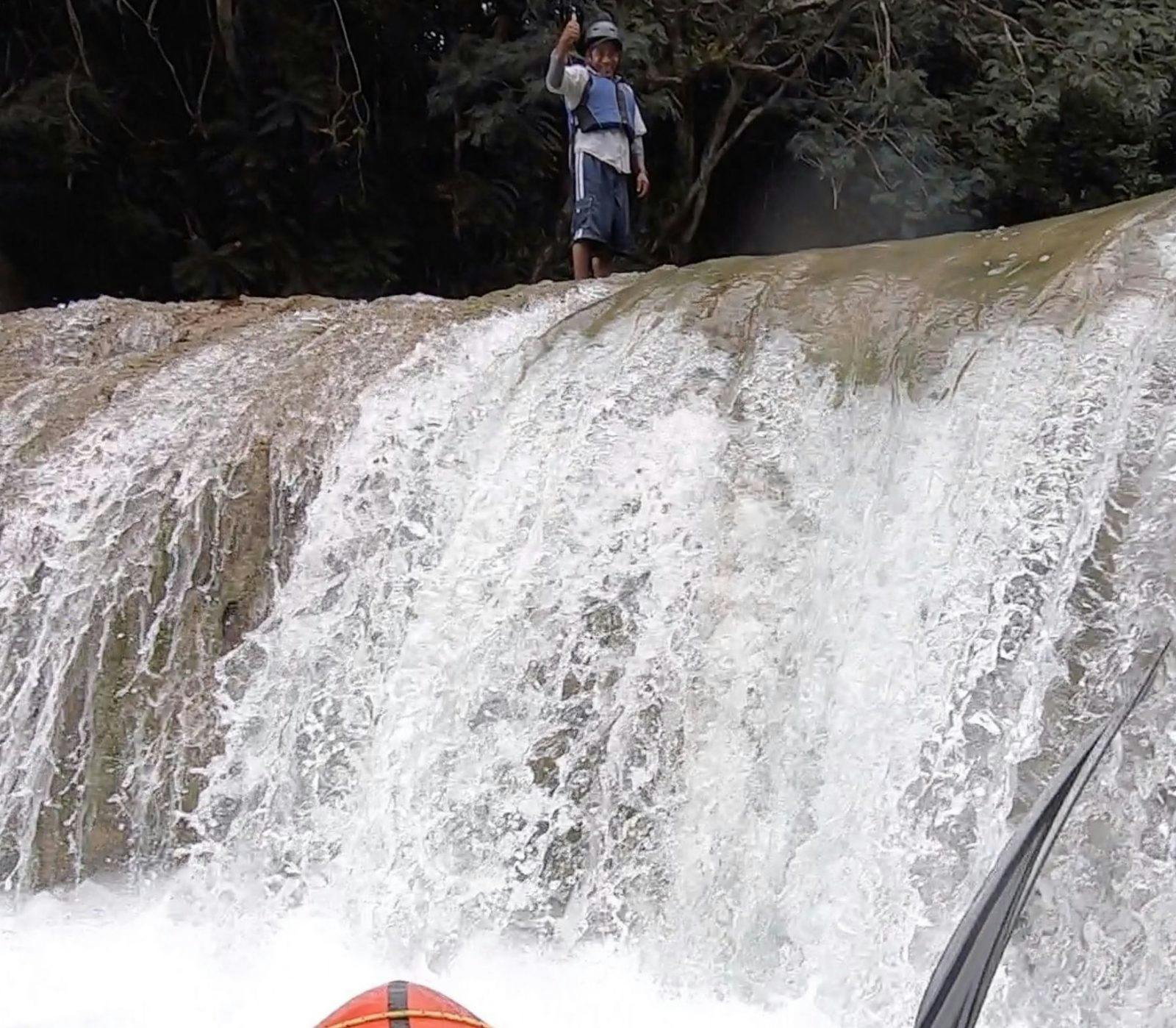
Moho River Packraft Camp
Listening to the jungle at dusk is mesmerizing. Bats flutter through the
trees beginning their nightly rounds. Howler monkeys scream in deep guttural calls. Paddlers recall great feats of adventure with friends next to a fire over a mug of rum and fruit squash.
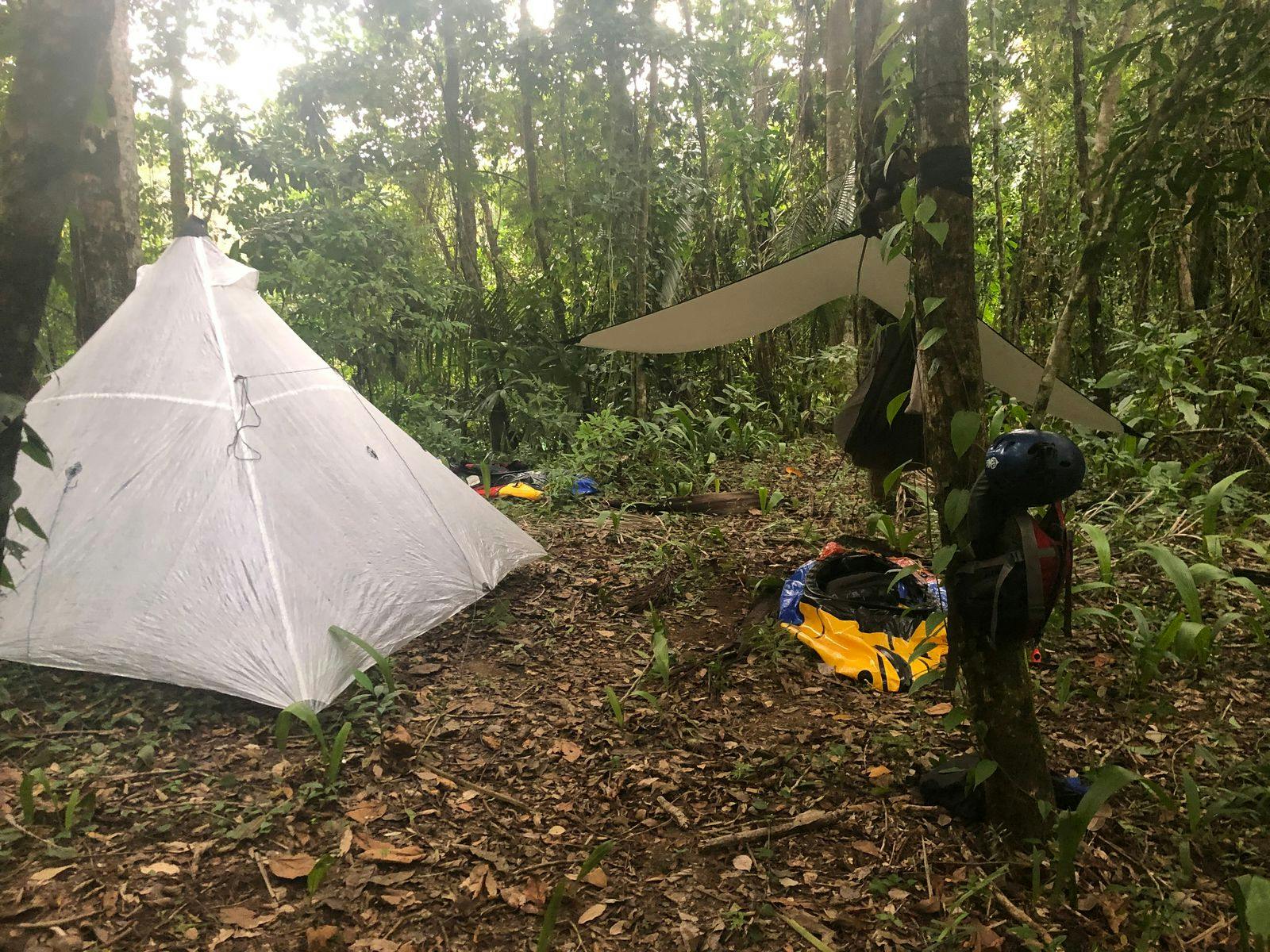
Parting Shot: Lime Caye
The next day we began to make our way to Placencia on the Caribbean coast. We then took a couple hour boat ride to Lime Caye, a remote island paradise for a few days to heal from the doctor fly bites!
